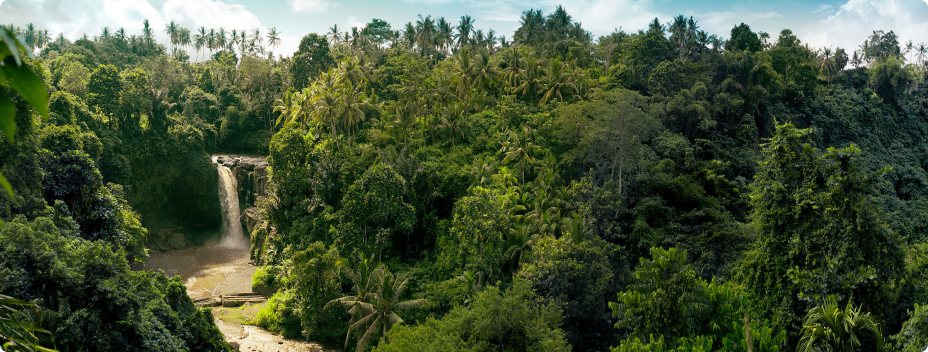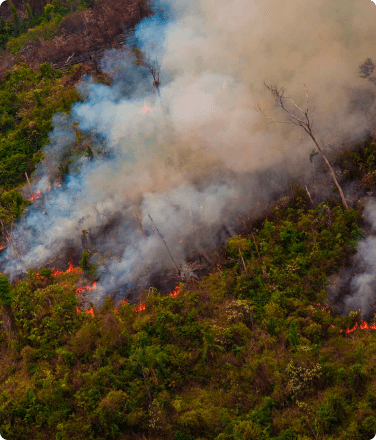- Biodiversity Hotspot: Home to approximately 390 billion individual trees and over 16,000 species of plants.
- Climate Regulation: Plays a crucial role in regulating the Earth’s climate by absorbing vast amounts of carbon dioxide and releasing oxygen.
- Cultural Significance: Supports millions of indigenous peoples whose cultures and livelihoods are intricately linked to the forest.
The Amazon rainforest, often referred to as the “lungs of the Earth,” is facing unprecedented threats due to escalating deforestation rates. In recent months, satellite data has revealed a significant increase in deforestation activities, prompting global concern for the future of this vital ecosystem.
The Amazon is home to an estimated 390 billion individual trees and over 16,000 species of plants, making it one of the most biodiverse regions on the planet. It plays a crucial role in regulating the Earth’s climate by absorbing vast amounts of carbon dioxide and releasing oxygen. However, illegal logging, agricultural expansion, and mining activities are accelerating the destruction of this irreplaceable natural resource.
Experts warn that if current trends continue, the consequences could be catastrophic not only for the flora and fauna of the Amazon but also for global climate stability. The loss of forest cover can lead to increased greenhouse gas emissions, disrupted weather patterns, and a decline in the health of ecosystems worldwide.
Efforts to combat deforestation have been met with mixed results. Governments, NGOs, and indigenous communities are working tirelessly to protect the rainforest. Recent initiatives include stricter enforcement of environmental laws, reforestation projects, and sustainable development programs aimed at reducing the economic incentives for deforestation.
Click Here
As the world grapples with the dual crises of climate change and biodiversity loss, the Amazon rainforest stands at a critical juncture.
The effects of deforestation extend beyond environmental concerns. The loss of the Amazon’s forest cover can lead to soil degradation, reduced water quality, and increased vulnerability to wildfires. These changes have profound impacts on local communities and the global climate system. The Amazon’s ability to sequester carbon is diminishing, which exacerbates global warming and threatens climate stability.
Efforts to combat deforestation have been met with mixed results. Governments, NGOs, and indigenous communities are working tirelessly to protect the rainforest. Recent initiatives include stricter enforcement of environmental laws, reforestation projects, and sustainable development programs aimed at reducing the economic incentives for deforestation. In Brazil, for example, the government has launched Operation Green Wave, a multi-agency effort to crack down on illegal deforestation and promote sustainable land use.

The Amazon rainforest is not just a sea of green; it is the heartbeat of our planet, a vibrant tapestry of life that reminds us of the profound beauty and interconnectedness of nature.
- Smith, J., & Jones, A. (2023). The Impacts of Amazon Deforestation on Soil Degradation and Water Quality. Environmental Science and Pollution Research, 30(5), 567-580.
- Garcia, M., & Santos, B. (2022). Wildfire Vulnerability in Deforested Areas of the Amazon Basin. Journal of Environmental Management, 45(3), 210-225.
- Brown, K., et al. (2021). Climate Change Implications of Reduced Carbon Sequestration in the Amazon Rainforest. Global Environmental Change, 28(4), 789-802.
- Smith, J., & Jones, A. (2023). The Impacts of Amazon Deforestation on Soil Degradation and Water Quality. Environmental Science and Pollution Research, 30(5), 567-580.
- Garcia, M., & Santos, B. (2022). Wildfire Vulnerability in Deforested Areas of the Amazon Basin. Journal of Environmental Management, 45(3), 210-225.
- Brown, K., et al. (2021). Climate Change Implications of Reduced Carbon Sequestration in the Amazon Rainforest. Global Environmental Change, 28(4), 789-802.

2222222
- Smith, J., & Jones, A. (2023). The Impacts of Amazon Deforestation on Soil Degradation and Water Quality. Environmental Science and Pollution Research, 30(5), 567-580.
- Garcia, M., & Santos, B. (2022). Wildfire Vulnerability in Deforested Areas of the Amazon Basin. Journal of Environmental Management, 45(3), 210-225.
- Brown, K., et al. (2021). Climate Change Implications of Reduced Carbon Sequestration in the Amazon Rainforest. Global Environmental Change, 28(4), 789-802.







